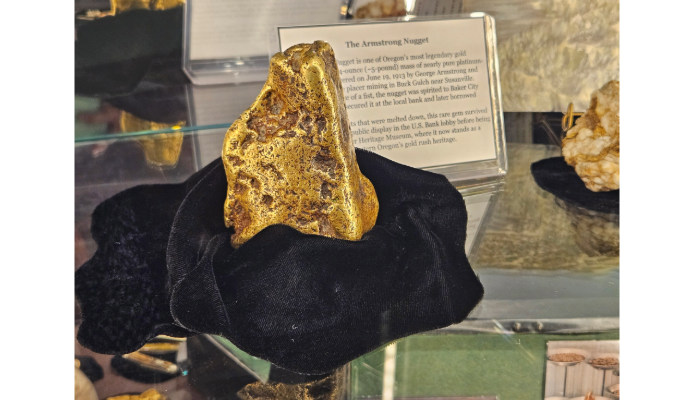Bur buttercup: Deal with now to avoid thorny problem later
Published 2:16 pm Monday, March 8, 2010
March is the time to think about bur buttercup control to avoid a nasty, painful reminder later on in the year.
Trending
One of Baker County’s first reminders that spring is near is the
appearance of bur buttercup, a winter annual. In fact, the lack of
snowpack this winter will allow this plant to especially flourish. With
Trending
temperatures reaching the 50s and beyond, it is important to act now to
avoid the burs that form on this nasty weed.
Originally from southeastern Europe, it is a member of the buttercup
family and grows two to five inches in height. In early spring, bur
buttercup sends up narrow-leaved stems tipped by solitary, yellow
flowers. By mid-spring, it forms solid, 3- to 4-inch-tall mats.
The real problem with this weed is seen later on in the summer when
spiny seed heads appear. When the seed head dries out it becomes hard
and sharp, lodging in shoes, bare feet, animal pads, bicycle tires and
even clothing.
Another problem is that bur buttercup easily invades farmsteads and
corrals. When livestock – especially sheep and horses – are forced to
graze large quantities, the toxins within this plant can become very
problematic. In most cases, a lack of general health within the herd is
the result, although mortality is not uncommon.
This weed is found primarily on disturbed sites, but can also spread out onto range and pasturelands with sufficient spring moisture. Recent observations have shown this weed can quickly spread into sagebrush range ground, occupying sites once held by native forbs and grasses.
Bur buttercup can be controlled, but action is needed before it flowers and drops seed. In its late-winter seedling stage, it’s susceptible to foliar-applied herbicides like glyphosate, Weedmaster, or 2,4-D.
Use glyphosate only as a spot-treatment, as it will kill non-target, preferred vegetation if not careful. Please read, understand, and follow label directions when applying herbicides.
Solid stands of competitive grasses and other forbs will not allow bur buttercup to gain a foothold. If you’d rather not spray, digging will work, but can be labor-intensive.
For more information on controlling bur buttercup, call Arnie Grammon, the Baker County Noxious Weed Supervisor, at 541-523-0618.









